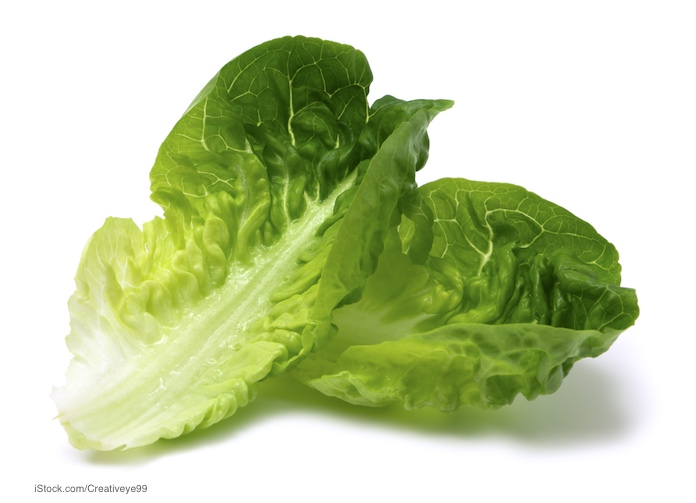An E. coli O157 outbreak in Canada is linked to romaine lettuce. There are no product recalls at this time associated with this outbreak. At least 21 people are sick in three provinces. The case count by province is: Quebec (3), New Brunswick (5), and Newfoundland and Labrador (13).

Ten of those patients have been hospitalized because their illness is so serious. All of these people got sick in middle and late November 2017. The patient age range is from 5 to 72. Most of the cases, 72%, are female. Many of these people reported eating romaine lettuce before their symptoms started.
A common source of E. coli O157 bacteria is raw fruits and vegetables. They can come into contact with feces from infected animals, in the fields, during harvest, and during transportation. Leafy greens can get contaminated by bacteria-laden soil, contaminated water, or improperly composted manure. Other forms of contamination include at the grocery store, from cutting boards, and during storage.
The symptoms of an E. coli O157 infection include nausea, vomiting, headache, a mild fever, severe and painful stomach and abdominal cramps, and diarrhea that is usually bloody and/or watery. These symptoms usually appear a few days after exposure to the pathogenic bacteria, but can appear up to 10 days later.
Most people are sick for up to 10 days, and most do recover completely. But some, especially children, pregnant women, people with chronic illnesses, and those with compromised immune systems do get so sick they must be hospitalized.
And some people, particularly children under the age of 5, develop a condition called hemolytic uremic syndrome, which is a type of kidney failure. This illness can cause strokes, seizures, and deaths. There is no information about whether or not anyone in this outbreak has developed this complication.
This is not the first time an E. coli outbreak has been linked to lettuce. In the United States in 2013, lettuce was the “likely cause” of an E. coli O157:H7 outbreak that sickened 94 people at Federico’s Mexican Food restaurant in Maricopa County, Arizona. The investigation into that outbreak found that lettuce handling protocols could have spread contamination from one batch to others. The culprits could have been a contaminated prep sink or storage bins.
There are ways to protect yourself against this type of infection when you buy and use lettuce. First, make sure you wash your hands well with soap and water before you prepare any food. Then, discard the outer leaves of fresh lettuce. Wash unpackaged lettuce under running water. Keep rinsing until all of the dirt is removed. Don’t soak lettuce in the sink because it can get contaminated from bacteria in the sink. Store lettuce in the fridge up to seven days and discard when leaves wilt. Refrigerate all produce, especially bagged, ready-to-eat, pre-washed lettuce products.




